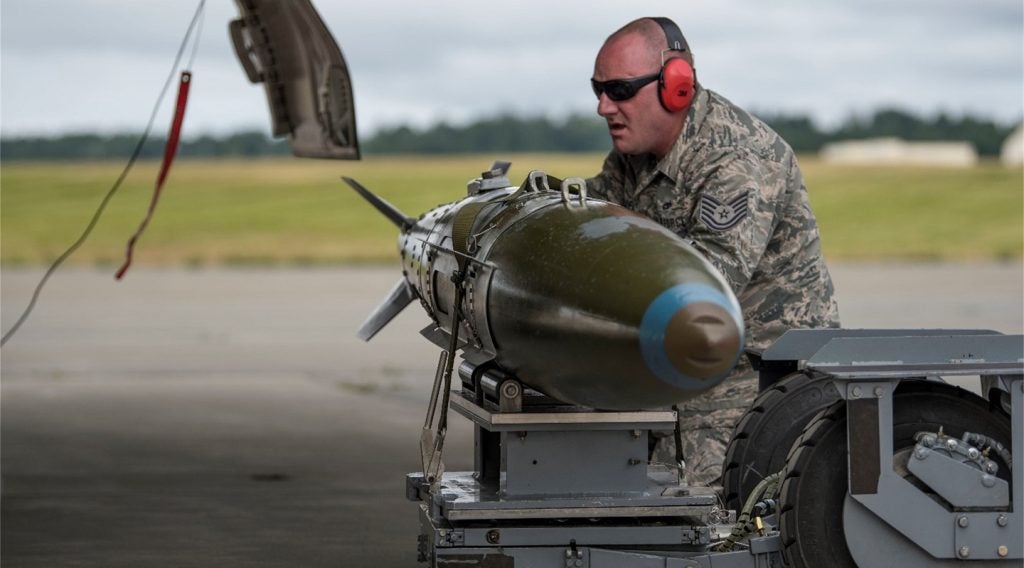The US Air Force (USAF) Global Strike Command is set to resume flight operations of its B-1B Lancer bombers this week following the directed safety stand-down caused by an issue with ejection seat components.
USAF Global Strike Command commander general Robin Rand ordered the safety stand-down of the B-1B fleet on 7 June.
The problem with ejection seat components was discovered during aircraft safety investigation process after the bomber had to make an emergency landing in Midland, Texas, US.
An investigation into the issue was carried out by the Safety Investigation Board (SIB), which comprises experts responsible for assessing and evaluating incidents and recommending corrective actions.
The investigation board focuses on preventing future mishaps or losses and ensuring the safety of USAF pilots, which is the primary priority of the Global Strike Command.
The directed stand-down of the B-1B bombers provided the command with enough time to carefully evaluate the egress components and determine potential risks before resuming flight operations.
How well do you really know your competitors?
Access the most comprehensive Company Profiles on the market, powered by GlobalData. Save hours of research. Gain competitive edge.

Thank you!
Your download email will arrive shortly
Not ready to buy yet? Download a free sample
We are confident about the unique quality of our Company Profiles. However, we want you to make the most beneficial decision for your business, so we offer a free sample that you can download by submitting the below form
By GlobalData8th Air Force commander major general Thomas Bussiere said: “We have high confidence that the fleet’s egress systems are capable and the fleet is ready to return to normal flight operations.”
The SIB investigation is still being carried out on the aircraft.
Built by Boeing, the B-1B Lancer is a long-range, multi-mission, supersonic conventional bomber that has been deployed with the USAF since 1985.
With a wingspan of 137ft, the 146ft-long bomber has an internal payload capacity of 75,000lbs and can travel at more than 900mph.







